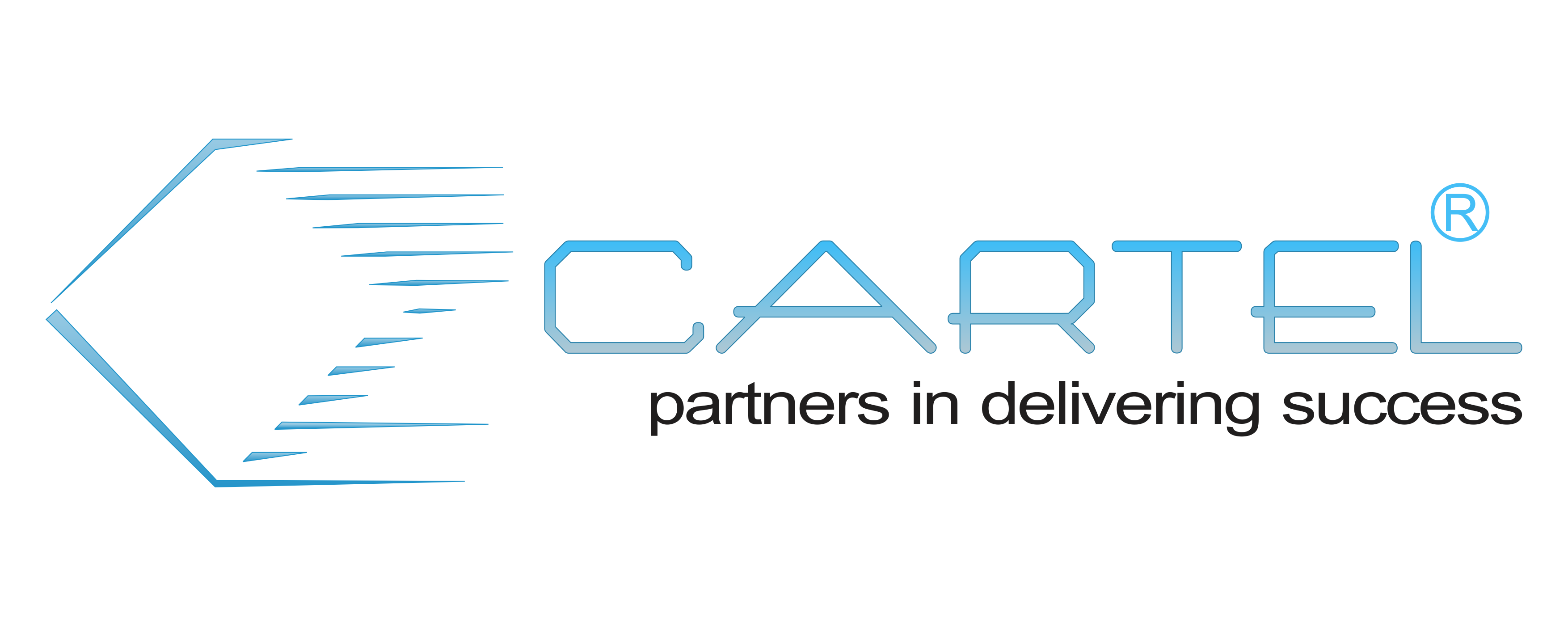vRealize Automation: Install, Configure, Manage
Overview
By the end of the course, you should be able to meet the following objectives:
– Describe the vRealize Automation architecture and use cases
– Install and configure vRealize Automation
– Manage vRealize Automation entities on VMware and third-party virtual, cloud, and physical infrastructures
– Configure and manage catalogs and blueprints
– Configure and manage business groups and reservations for compute resources on VMware, Microsoft, Amazon, and other platforms
– Use the self-service portal to request and manage machines in accordance with vRealize Automation approval and governance policies
– Explain vRealize Automation extensibility and workflows
– Manage and monitor machines and resource reclamation
Course Details
Course Introduction
– Introductions and course logistics
– Course objectives
vRealize Automation Overview and Architecture
– Describe the software-defined data center
– Explain the purpose of vRealize Automation
– Explain the concepts of vRealize Automation administration and self-service provisioning
– Describe where vRealize Automation fits in the VMware product line
– Discuss use cases for vRealize Automation
– Identify the components of a vRealize Automation simple deployment
– Identify the components of a vRealize Automation enterprise deployment
– Identify the component design options for vRealize Automation
– Identify how vRealize Automation integrates with other VMware products
Authentication, Fabric, and Tenants
– Describe identity management in vRealize Automation
– Identify the authentication methods available in vRealize Automation
– Identify the appropriate roles for specific tasks in vRealize Automation
– Create tenants
– Explain multitenant leading practices
– Define relationships between vRealize Automation entities
– Identify and configure vRealize Automation endpoints
– Identify how vRealize Automation discovers compute resources
– Identify fabric groups, business groups, and reservations
– Create and manage reservations for compute resources
Converged Blueprints and Catalog Management
– Define blueprints
– Identify the process and options for configuring a blueprint
– Create a blueprint with a single virtual machine
– Create a blueprint with multiple virtual machines
– Identify the role of the service catalog
– Define catalog items
– Use entitlements to manage catalog items
Consuming Catalog Services
– Request a single-machine service
– Monitor the service provisioning status
– Reconfigure a provisioned machine
– Manage snapshots
– Identify roles involved in creating approval policies
– Identify approval policy level
– Identify approval phases
– Create and apply approval policies for catalog items
– Use custom properties to modify the provisioning process
– Use property groups to group sets of custom properties
– Use the property dictionary to modify the provisioning process
Integrating VMware NSX
– Understand VMware NSX capabilities
– Describe the VMware NSX components that vRealize Automation uses
– Describe the benefits of VMware NSX integration with vRealize Automation
– Integrate vRealize Automation and VMware NSX
– Use VMware NSX elements in vRealize Automation blueprints
Application Authoring
– Understand the lifecycle of a vRealize Automation Application deployment
– Author an application blueprint
– Deploy an application blueprint from the service catalog
Monitoring and Reclamation
– Identify how to monitor resource use
– Demonstrate how to reclaim resources
– Demonstrate how to manage machine leases
– Monitor system events
vRealize Automation Extensibility
– Identify the vRealize Automation extensibility tools
– Identify the vRealize Automation extensibility use cases
– Use vRealize CloudClient to export a blueprint
– Use vRealize Orchestrator
– Use vRealize Orchestrator plug-ins for external integration
– Describe anything-as-a-service (XaaS) components
– Create an XaaS blueprint
– Describe how the event broker service enhances extensibility
– Identify the appropriate subscription types and options for a subscription
– Describe the two event broker event types
– Identify the three event broker phases
– Illustrate the master workflow
– Describe the necessary requirements for passing custom properties to workflows
– Explain how the event broker helps with day 2 operations 10 vRealize Automation Installation
– Explain the vRealize Automation installation prerequisites
– Describe the vRealize Automation installation procedure
– Perform a vRealize Automation appliance deployment
– Configure the vRealize Automation appliance
Prerequisites
This class requires completion of one of the following:
– VMware vSphere 6.x: Install, Configure, Manage
– VMware vSphere 6.x: Fast Track
– Equivalent knowledge and administration experience with VMwar ESX/VMware ESXi and VMware vCenter Server Experience with working at the command line is helpful.
